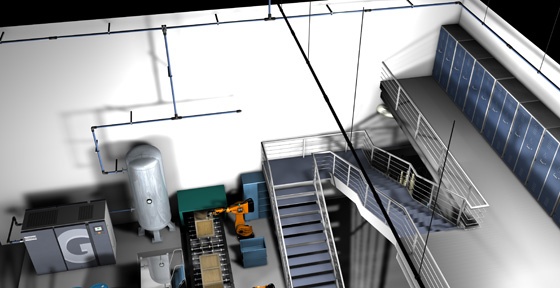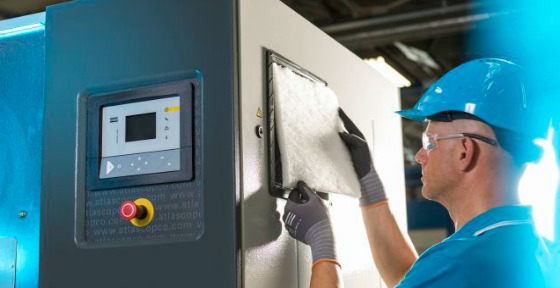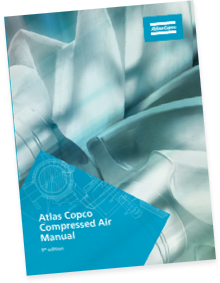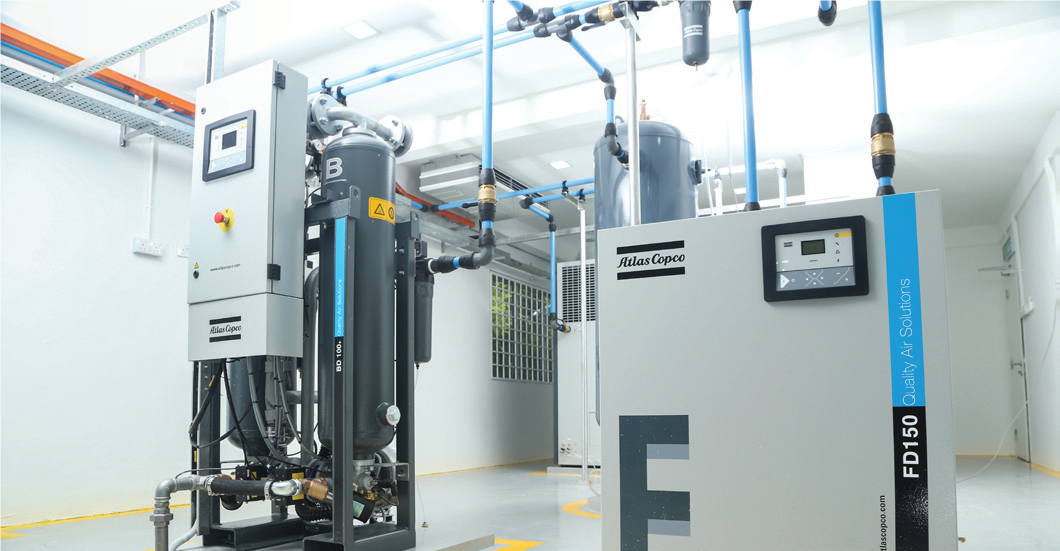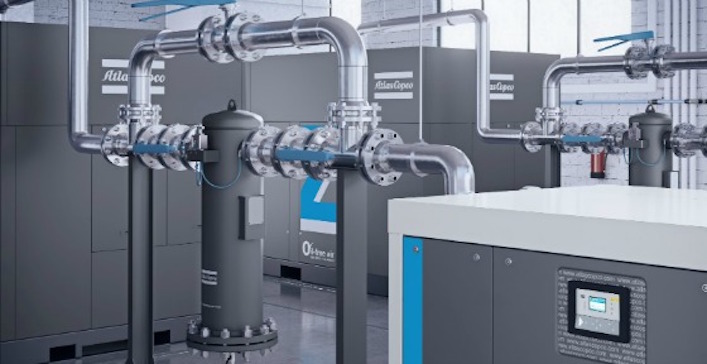Air quality is a growing concern for people around the world. With a rising number of cars, industrial facilities and other polluters, the air around us is becoming increasingly saturated with harmful chemicals and particulates. Despite this, manufacturers still need to maintain strict standards of clean, high quality compressed air for a range of uses. Different end uses and industries maintain air quality requirements, limiting the amount of particulates, moisture and lubricants in the air to keep workers and products safe.
Particulates: Particulates are often small pieces of dirt and debris that enter the compressed air system from the ambient air. From dirt to pollen to dust, these particulates can be harmful at point-of-use in the food or pharmaceutical industry. This can lead to a compromised end product and customer dissatisfaction, or worse, could jeopardize customer health. Particulates can enter the system from corroded pipes, introducing rust, aluminum and other metal particulates. Desiccant can also escape from dryers and can travel through the air if proper filtration is not in place.
Moisture: Moisture and compressed air do not mix. When too much moisture is carried due to inadequate dryers, condensate can build up, leading to reduced system performance and the growth of harmful molds and bacteria. Dry air is especially crucial when used in the food or pharmaceutical industry. Depending on the temperature, air compressor systems with excess moisture can sometimes lead to the growth of mesophilic bacteria, the family of bacteria from which most human pathogens originate.
Lubricants: Lubricants, like particulates, can enter the compressed air system from ambient air and from within the system itself. Hydrocarbons like oil aerosols can be introduced from other facility operations, including motor exhaust. Without proper filtration, this can compromise air quality and damage equipment, leading to higher operation and maintenance costs. This is especially true in the electronics and semiconductor industry that produces delicate products susceptible to contamination. Lubricants can also enter the system from the air compressor. Oil-injected compressors can bring lubricants into the airstream. Using an oil-free compressor eliminates this risk resulting in cleaner, higher quality compressed air.
Properly filtered air is crucial for industries with strict health codes. Some filters can reduce unwanted liquids down to 0.01 ppm and particulates down to 0.01 micron, far below the safety recommendations set forth by OSHA for a range of potentially harmful and toxic elements. Poor filtration can lead to pipe corrosion, unwanted pressure drops and other equipment damage requiring costly downtime and repairs. Excess debris in pipes can also cause the system to work harder, leading to higher energy bills and exaggerated wear on compressor parts.
No matter what your compressed air is used for, make sure air quality meets basic requirements for your industry or end use. Ensuring that products, employees and equipment are well-cared for is a responsible safety practice and helps maintain your bottom line.
What are your clean air best practices? How do you ensure that your people, products and facilities maintain top-quality air? Let us know in the comments section below.
